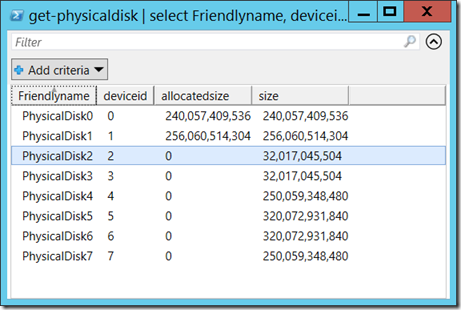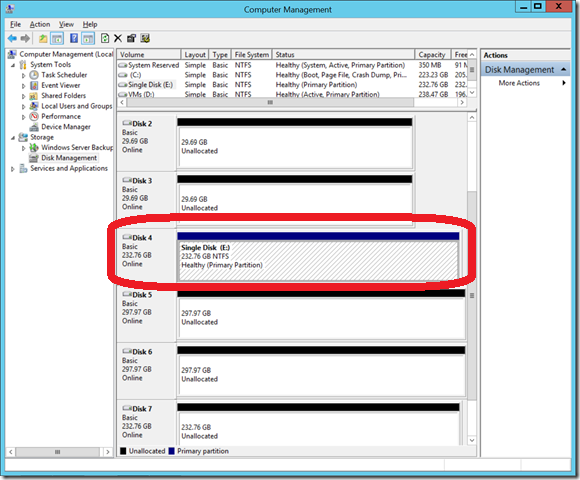Tiered Storage: My Goals for Testing
To bring you up to speed, I’ve loaded the preview of Windows Server 2012 R2 and built an extremely low cost storage subsystem out using a USB hub, some memory sticks, and USB attached SATA drives detailed in earlier posts. This is all in an effort to give you and me a look at the new tiered storage feature that is part of Storage Spaces within Windows Server 2012 R2.
My goals for this effort are:
- Provide a walk through of Storage Spaces – I’m stunned how many admins haven’t had a chance to look at it or use it
- Show how to integrate SSDs (or my case fast memory sticks) into a storage pool
- Demonstrate the potential performance gain of using a mix of storage technologies, with the tools included in Windows
Somewhat Unscientific Methodology
I don’t have an unlimited budget, or unlimited time, so my initial testing was somewhat limited.
I’m using a laptop with USB 3.0 that has two physical (SSD) drives in it, with the additional external drives attached via USB 3.0. For fun I’ve included a Powershell listing of the drives (using get-physicaldisk):
Disk2 and Disk3 are 32GB USB 3.0 flash sticks, with the other disk (Disk4-7) being USB 3.0 attached SATA disk I salvaged from old laptops and what not.
For testing, the first step was to create a “baseline” environment to act as a control. I configured one of the four spinning disks (Disk4) as a standalone to perform the same copy tests I would use on the Storage Spaces volumes.
Now I’ll move on to how I configured the volume in Storage Spaces.
-John


